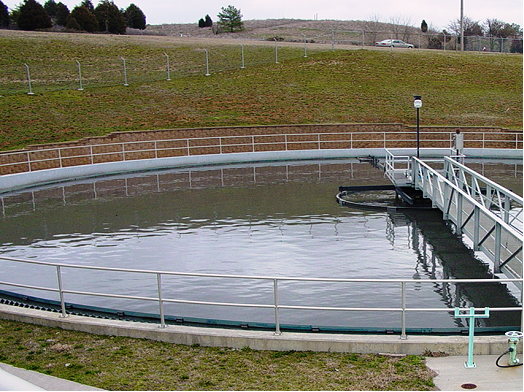In this article, we’ll solve a practice problem on percent removal efficiency . Simply put, it’s the amount of waste removed in percent format. For example, it can be used to calculate how much BOD was removed in the primary clarifier. Moreover, this concept can be applied to the removal of total suspended solids (TSS) and ammonia (nitrification).
It’s a simply calculation, but very useful in the wastewater industry. After all, the purpose of a wastewater treatment plant is to remove contaminants in the influent. Therefore, the percent removal efficiency formula is frequently used to calculate the performance of the plant to assess how much contaminants were removed.
The following is the formula for percent removal efficiency. The influent and effluent concentrations are the two values that are entered into the formula to obtain the answer.
Click the following link: for Online Wastewater Math Course
PRACTICE PROBLEM – PERCENT REMOVAL EFFICIENCY
If the influent BOD is 200 mg/L and the primary effluent has a BOD of 150 mg/L, then what is the BOD removal efficiency in the primary clarifier?
Known:
Influent BOD = 200 mg/L
Primary effluent BOD = 150 mg/L
Solve for:
BOD removal efficiency = ?
Step 1: Enter influent and effluent BOD into formula.
As you can see, the calculation only required one step and one formula. It’s not a complicated concept. Therefore, you should be able to master it quickly. Now, try solving a few of these math questions using these practice problems.
As a side note, you’ll notice that the BOD percent removal efficiency is 25%. The typical values for a primary clarifier range from 20% to 50%. Moreover, for suspended solids, you should expect the efficiency to be about 40% to 60% for the primary clarifier. And for bacteria, expect 25% to 75% removal in the sedimentation tank.
HELPFUL RESOURCES:
PRACTICE EXAMS
ONLINE COURSE
Lastly, if you’re looking for more practice problems, click on the following link: Practice Problems.



